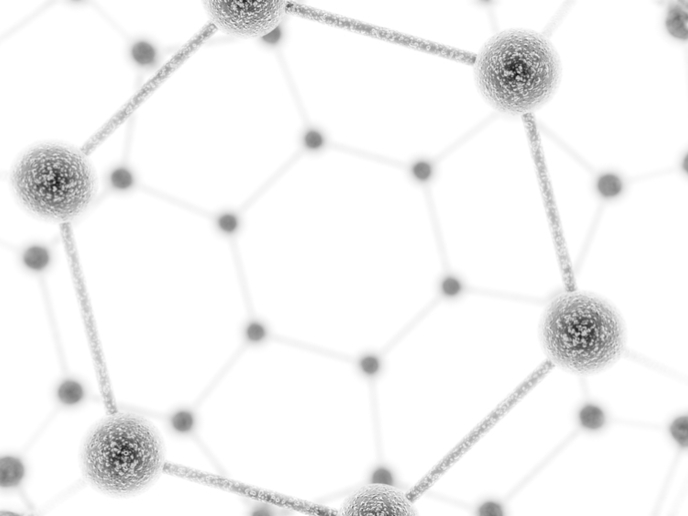New computational methods to study special materials
Recent years have witnessed a remarkable surge in the study of the electronic properties of new materials particularly when excited by electromagnetic radiation. A major focus has been placed on exploring the properties of graphene and nano-objects such as nanowires, nanotubes or nanoshells, so that they can be properly engineered to display desired optical properties. Spurred on by the appealing properties that appear at small scales, the EU-funded QHYDRO project developed new methods and models to study the quantum dynamics of nano-objects in other uncommon materials. The new techniques are akin to those used to study the physics of fluids and gases. Efficiency meets simplicity Modern technology enables the production of many sorts of nano-objects in large quantities. “Special materials include extremely small objects whose size approaches a millionth of a millimetre (nanometre). That is about 20 times the size of a hydrogen atom,” notes Giovanni Manfredi, the Marie Curie fellow who led QHYDRO. Understanding and simulating dynamic processes on the nanoscale often requires costly computational tools that run on large-scale computers. So far, Mie’s theory has appeared to be the ideal model to describe the optical properties of nanoparticles. However, its strongest limitation is that it neglects quantum effects, which can be crucial for very small nano-objects. Other standard methods that researchers have been using to study the electron response to electromagnetic radiation include the time-dependent density functional theory or the Hartree–Fock theory – both of which demand much run time and memory storage. QHYDRO developed and implemented advanced computational methods that are simple enough to run on standard computers. Despite their simplicity, they contain sufficient information that should enable scientists to shed further insight on the electron response of materials to electromagnetic pulses or electric currents. The new methods do not rely on the Mie model but rather allow the study of more complex and realistic geometries such as those formed by networks of interacting nanoparticles. In particular, researchers placed the focus on exploring the properties of carbon allotrope and metal nano-objects. The first material studied was fullerene C60. This is the most famous type of fullerene and consists of 60 carbon atoms arranged in a polyhedron. “One thing that characterises fullerenes is their hollow core, which lends the material extraordinary electronic properties when irradiated with light. To some extent, they absorb and reflect light like metals,” explains Manfredi. The project team also studied sodium and gold nanoshells. Unlike fullerenes, these are larger nano-objects whose diameter ranges between 10 and 100 nm. Potential applications Nanomaterials with useful properties are particularly appealing for high-performance computing and electronics applications. “Nano-objects are special because they straddle the boundary between the macroscopic and quantum realms, where classical Newtonian physics and quantum mechanics hold sway,” notes Manfredi. They offer the potential to process, transmit and store larger amounts of information, as well as develop robust filters and waveguides, respectively. They can also contribute to advances in medicine – they can act as carriers in drug delivery, improve radiation therapy, offer faster medical diagnosis and make better biomedical sensors.
Keywords
QHYDRO, nano-object, fullerene, electromagnetic, computational method, nanoshell, fluid, quantum dynamics



